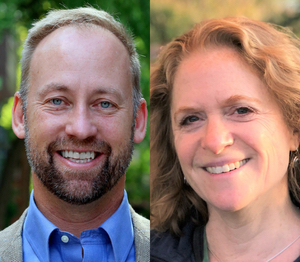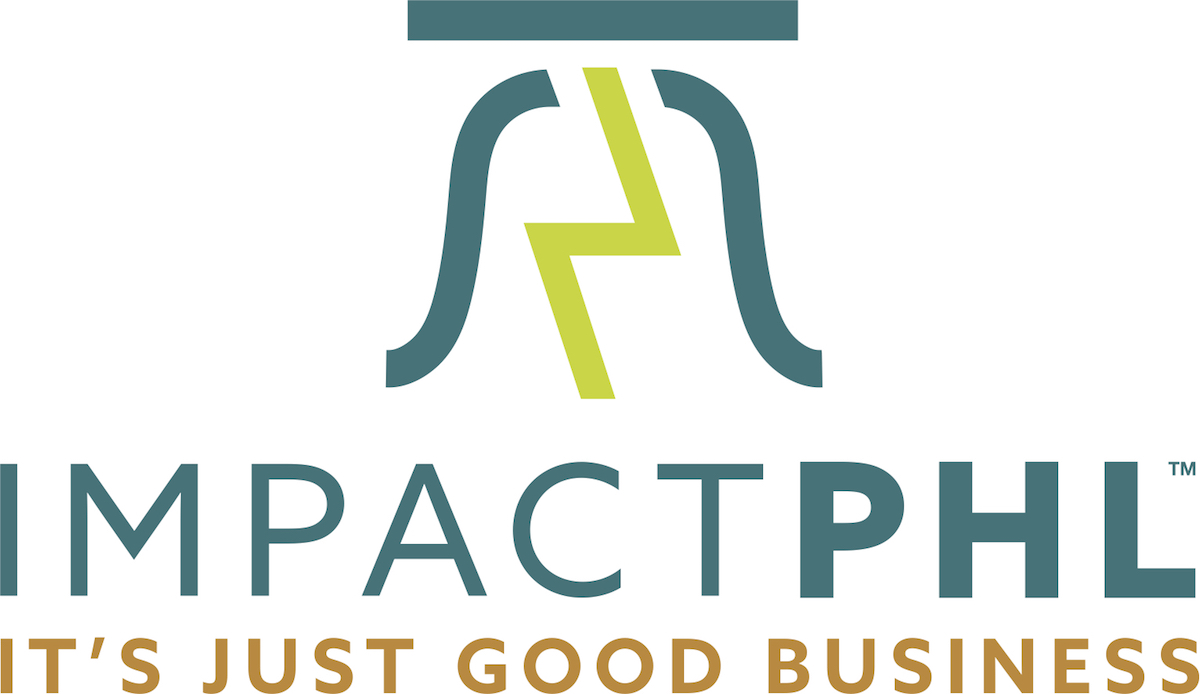Many will suggest that the purpose is to create value. Traditionally that means creating a product or service that customers will pay for and selling it for more than it costs you to make.
Impact entrepreneurs know there is more to value than that alone.
There is a new economy accelerating in the Philadelphia region. People are thinking more about the positive and negative social and environmental impacts of their business and investment decisions. Impact investing is accelerating that trend. The direct impact of a product or service on our lives is easy to see.
The financial return on our investment may be relatively straightforward to calculate. But a new appreciation of value — and respect for social outcomes — is birthing a refreshed version of capitalism. Social impact is no longer the exclusive purview of the public and nonprofit sectors. All investment decisions are expressions of values. Entrepreneurs, investors, and customers have gotten clearer about what is possible and how they can expect and articulate that value. It is a time when investors and customers are more thoughtful in their decisions. It is an opportunity for entrepreneurs to leverage this new version of stakeholder capitalism to help us all to understand the net value businesses create for society.
As a result of this movement, entrepreneurs and investors are looking at positive and negative impacts — both direct impact and externalities. They are incorporating them into their business and investment decisions. Entrepreneurs understand that when their business creates and can articulate its positive benefit for society and its value for stakeholders, they can leverage that to grow their business. There are three main areas where positive impact can benefit:
- Recruit and retain talent — We know that companies that can effectively articulate their social impact are better able to recruit and retain employees when the social benefit aligns with the values of that employee.
- Engage customers and allies — We know that companies that can effectively articulate their social impact can solve problems for customers and society. They can build significant goodwill that can translate into easier customer engagement, free promotion, and other support from allies.
- Access capital — We know that companies that can effectively articulate their social impact can receive investment capital from impact investors. That capital may offer better terms that have a direct benefit for the company.
The first step to capturing the value your impact creates is to understand what impact you are having and be able to articulate it. We recommend starting with ImpactPHL’s Investable Impact Toolkit.
Getting started with the Investable Impact Toolkit
If you are an enterprise, can you articulate your impact on people, the planet, and place the same way you would report your financial statements? If you’re an investor, do you understand the key drivers of the impact of your investments? Do you track the impact outcomes as you would financial outcomes?
If the answer is no, you’re not alone – but we also hope you’ll change that. We created the Investable Impact Toolkit, a clear and simple three-page resource that offers a high-level overview of three actions you can take now.
- First, create a Baseline Impact Statement. Leveraging foundational work by Impact Management Project (IMP) (a “time-bound forum for building global consensus on how to measure, assess and report impacts on people and the natural environment”), this section takes enterprises through the process of identifying and articulating five basic components of their work — what, who, how much, contribution, and risk. Answer questions like “What impact outcomes does your enterprise contribute to?” For place-based investable opportunities, the resource encourages you to consider your local impact. Once you’ve gone through these exercises, find a template in which you can easily create a one-page designed resource or slide to add to your pitch deck, so that others understand your impact too (and partner or invest accordingly). We recommend that you focus on the one or two main drivers of your social impact.
- Second, track your impact. Once you’ve identified your impact, the next step is to measure your progress over time. But oftentimes with enterprises, this isn’t necessarily so easy for a variety of reasons. The toolkit offers a few prompts for conversation with your team to ensure you’re aligned and prepared, such as “What are your goals for tracking impact” or “What additional resources might you need?” This step points to another valuable resource developed by IMP — a tracking spreadsheet for the dimensions of what, who, how much, contribution, and risk.
- Third, partner with additional resources to accelerate your impact. Because many enterprises don’t have the in-house expertise or capacity to measure impact, it’s important to know what products or service providers could support your efforts to efficiently and effectively track, measure, and report impact. Connect with ImpactPHL who can direct you to national resources or local products and services like Philly’s own ImpactableX and Andorra. Consider who else might benefit from the positive social impacts created by your business (i.e. philanthropic organizations or government entities) and consider partnering to access additional resources.
We’ve seen firsthand how the articulation of impact can have great benefits to companies, from attracting aligned investment, partners, and talent to being able to refine the business model and support beneficiaries better.
Now is the time to be clear on impact
When Ben Franklin Technology Partners and Investors Circle began collaborating more than six years ago, we knew investing for impact was important, but admittedly weren’t always clear on what it meant. It wasn’t uncommon for us to explore questions like “What is impact?” and “Who gets to decide?” We had conversations about whether intentionality was enough, whether measurement was necessary, and whether we were asking too much of young enterprises to identify and articulate their impact. In fact, these conversations still exist in the impact investing sector and seek answers that, frankly, may never be unanimous.

The authors. (Courtesy image)
But with the goal of investing in the most promising solutions — addressing challenges like maternal mortality rates or carbon capture that will determine the habitability of our planet — we are increasingly in agreement. Our time, energy, and money must be going toward solutions that clearly understand their impact and whether it’s working or not (especially according to those the solutions intend to serve). And so, we’re each making commitments of our own, with the hopes that it will contribute to a change in the culture of investment in Greater Philadelphia and in geographies across the United States.
Ben Franklin Technology Partners now incorporates these questions in its consideration of new investments, in how it tracks enterprises’ impact, and in reporting back to key stakeholders. It’s a start and we hope to grow this work from here. Investors Circle offers this toolkit on its website and strongly encourages all pitches to go through the process and have a slide on impact.
But even if you’re skeptical, don’t take it just from us. Take it from Larry Fink, the CEO of Blackrock (the largest asset manager in the world) who has advocated ESG practices in the public markets for years now. Or from the Securities Exchange Commission which is proposing regulations that will require public companies to disclose climate-related risks and report carbon emissions. Even if companies never grow into public companies, they can take the signal. Even in the areas that some might least expect, the culture of business and investment is indeed shifting. And we believe we’ll be better for it.
We hope you’ll join us in articulating your enterprise’s impact and capturing all of the value you are creating.
See the toolkit
This essay was originally published via ImpactPHL Perspectives, a multi-part series exploring the many facets of the impact economy from the perspectives of its doers, movers, shakers and agents of change. This version has been edited for style.
Before you go...
Please consider supporting Technical.ly to keep our independent journalism strong. Unlike most business-focused media outlets, we don’t have a paywall. Instead, we count on your personal and organizational support.
Join our growing Slack community
Join 5,000 tech professionals and entrepreneurs in our community Slack today!

20 entrepreneurship, tech and startup events to fill your February

Comcast isn’t worried about free Super Bowl streaming — here’s why

These simple but crucial policy updates could be game-changers for entrepreneurs with disabilities

